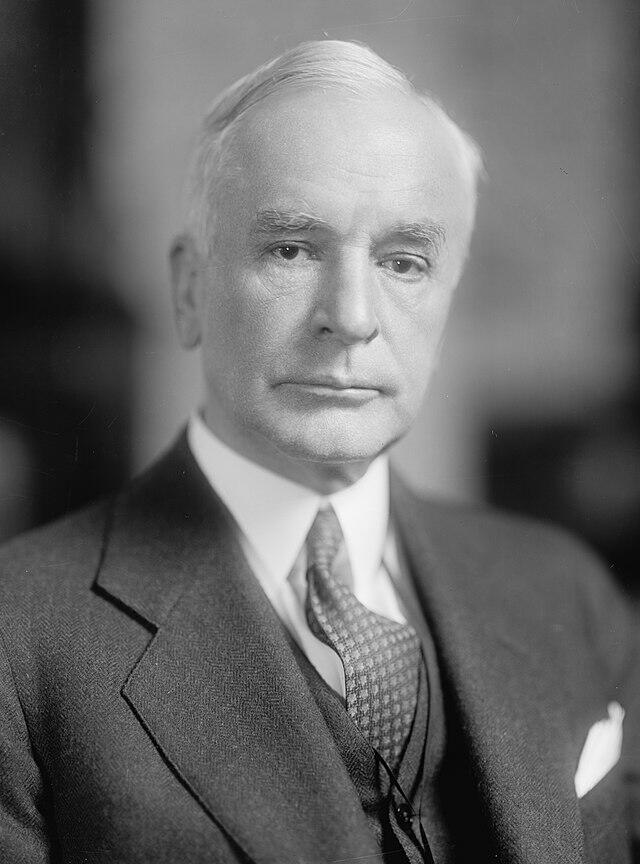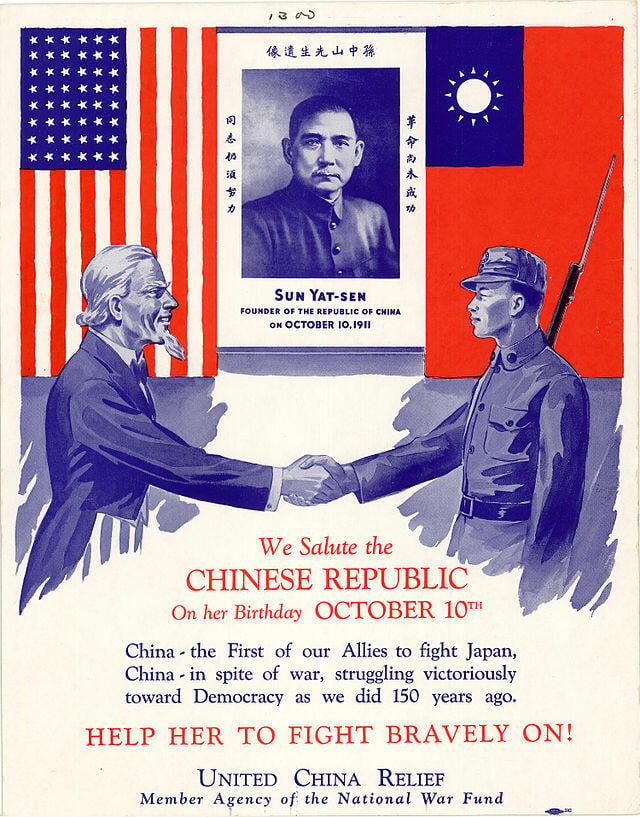The Hull Note: The Final Piece Leading to War
Prior to the events of December 7th, 1941, the casual observer may have assumed that the United States was simply minding its own business when Japan conceived its malicious plan to send a strike force to Pearl Harbor. Initially, it seemed as if Japan struck without reason, beyond a fear that the United States would stonewall its advances in the Pacific.
The truth of the matter is that the United States was involved in Japan’s affairs prior to 1941, so much so that it was serving as an obstacle to Japan’s expansionism without actually using military force. It started with an American trade embargo, outlawing the importation of resources vital to the Empire of Japan’s war effort. That, many believe, was the main reason behind their decision to cross the Pacific and launch an attack resulting in the killing of over 2,400 Americans.
Others, however, believe that there was another instigating factor that forced Japan’s hand, one that came after Isoroku Yamamoto had already devised and planned a surprise attack on American territory. Read on to learn about how the Hull Note served as a catalyst for the Pearl Harbor attack.
Secretary of State Cordell Hull’s Note

U.S. Secretary of State Cordell Hull
What really grabbed American attention in the Pacific was the start of the Second Sino-Japanese War, which pitted the Japanese against Nationalist China.
After July of 1941, when Japan occupied all of French Indochina, the United States placed tighter restrictions on Japanese trade, starting what has been described as “financial warfare against Japan.” Though it hit Japanese troops hard, it didn’t cease the nation’s push forward. In fact, it only angered the nation further and, on November 5th, 1941, the plan for attack on Pearl Harbor was approved.
Before launching the assault, however, Emperor Hirohito sought a less drastic, more diplomatic resolution. Two proposals presented on November 6th and November 20th agreed to a withdrawal of Japanese troops from southern Indochina if the United States discontinued backing Nationalist China. The second proposal also added the stipulation of ceasing Southeast Asian military deployments and providing Japan with oil.

Poster affirming American support for Nationalist China
With a counteroffer on the table, the United States shifted gears when dispatches were intercepted and deciphered indicating that Japan was sending more troops to Indochina, meaning any deal made would be futile. In response, six days after the second proposal the US responded with the Hull Note, which essentially demanded a Japanese withdrawal from Indochina and China.
To the Japanese, the Hull Note served as an ultimatum, their only course of action being a full-on war with a nation they saw as the aggressor.
Only a day prior to the Hull Ultimatum, Japan had launched its strike force on course to its final destination – Pearl Harbor.
Though the Hull Note wasn’t the beginning of the tensions between the Japanese and the Americans, Japan saw the United States’ continued support of China as an act of aggression in itself, leading to the December 7th, 1941 attack on Pearl Harbor.







